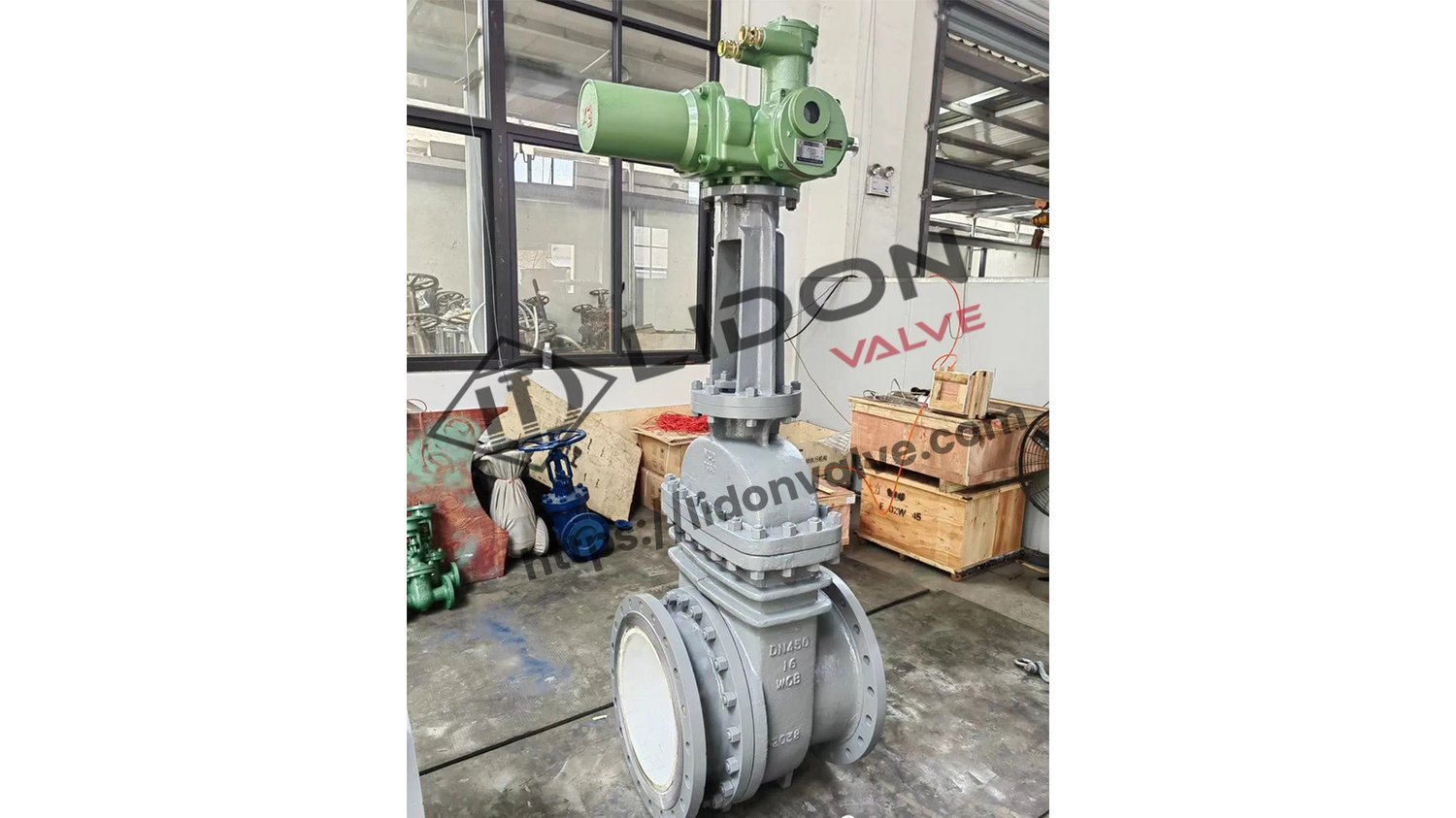The Differences Between a Gate Valve and a Swing Check Valve
Gate valves and swing check valves are two common types of valves used in plumbing and industrial applications. While both valves serve the purpose of controlling the flow of fluid, there are some key differences between them. In this article, we will explore the main differences between a gate valve and a swing check valve, including their design, operation, and applications.
Design Between a Gate Valve and a Swing Check Valve
One of the primary differences between a gate valve and a swing check valve lies in their design. A gate valve consists of a gate or a wedge-shaped disc that moves up and down to control the flow of fluid. When the gate is in the fully open position, the fluid can flow freely. On the other hand, a swing check valve has a hinged disc that swings open and closed to allow or prevent the flow of fluid. When the pressure of the fluid exceeds a certain level, the disc swings open, allowing the fluid to pass through. When the pressure drops, the disc swings back into its closed position, preventing backflow.
Operation Between a Gate Valve and a Swing Check Valve
The operation of a gate valve and a swing check valve also differs significantly. In a gate valve, the gate moves perpendicular to the flow of fluid, either fully opening or fully closing the passage. It is operated using a wheel-like handle or a lever, which is turned clockwise or counterclockwise to open or close the valve. On the other hand, a swing check valve operates passively, responding to changes in fluid pressure. When the pressure in the system is sufficient to overcome the weight of the disc, it swings open. When the pressure drops below a certain threshold, the disc swings back to its closed position.
Flow Control
Another important difference between gate valves and swing check valves is their ability to control the flow of fluid. Gate valves are known for their excellent flow control capabilities. When fully open, they provide a straight path for the fluid, minimizing turbulence and pressure drop. This makes them suitable for applications that require precise flow control. On the other hand, swing check valves are designed primarily to prevent backflow. While they allow fluid to flow freely in one direction, they offer limited control over the flow rate and may cause pressure fluctuations in the system.
Applications Between a Gate Valve and a Swing Check Valve
Gate valves and swing check valves are used in different applications due to their unique characteristics. Gate valves are commonly found in industrial settings where precise flow control is required. They are often used in pipelines, refineries, and chemical plants. Swing check valves, on the other hand, are widely used in plumbing systems to prevent backflow and ensure the integrity of the system. They are also used in wastewater treatment plants, irrigation systems, and fire protection systems.
Pressure and Temperature Limitations
Gate valves and swing check valves have different limitations when it comes to pressure and temperature. Gate valves can typically handle high pressure and temperature conditions, making them suitable for demanding applications. Swing check valves, on the other hand, have lower pressure and temperature limitations. They are not recommended for high-pressure systems or applications involving high temperatures.
Maintenance
In terms of maintenance, gate valves and swing check valves also differ. Gate valves are relatively easy to maintain and repair. They have a simple design and can be disassembled for cleaning or replacing parts. Swing check valves, however, can be more challenging to maintain. The hinged disc and the swinging mechanism may require periodic lubrication and inspection to ensure proper functioning.
Size and Cost
Gate valves and swing check valves are available in a range of sizes to accommodate different pipe diameters. However, gate valves are typically larger and heavier than swing check valves. This can affect their cost, as gate valves generally tend to be more expensive than swing check valves of the same size.
Installation Orientation
The installation orientation of gate valves and swing check valves is another difference to consider. Gate valves can be installed in any position, whether horizontal or vertical. Swing check valves, on the other hand, require a specific orientation due to the swinging motion of the disc. They are typically installed in a horizontal position to ensure proper functioning.
Advantages and Disadvantages
Gate valves offer several advantages, including excellent flow control, tight shut-off, and suitability for high-pressure and high-temperature applications. However, they also have some disadvantages, such as a relatively slower operation and susceptibility to wear and corrosion. Swing check valves, on the other hand, are advantageous for preventing backflow, requiring no external power source, and having low pressure drop. However, they may cause pressure fluctuations and are not suitable for applications that require precise flow control.
Conclusion
In summary, while both gate valves and swing check valves serve the purpose of controlling the flow of fluid, they have significant differences in terms of design, operation, flow control, applications, pressure and temperature limitations, maintenance, size, cost, and installation orientation. Understanding these differences can help in selecting the right valve for a specific application, ensuring optimal performance and efficiency.

